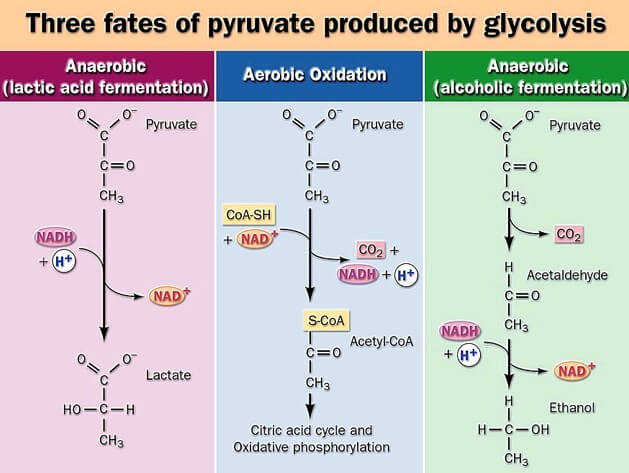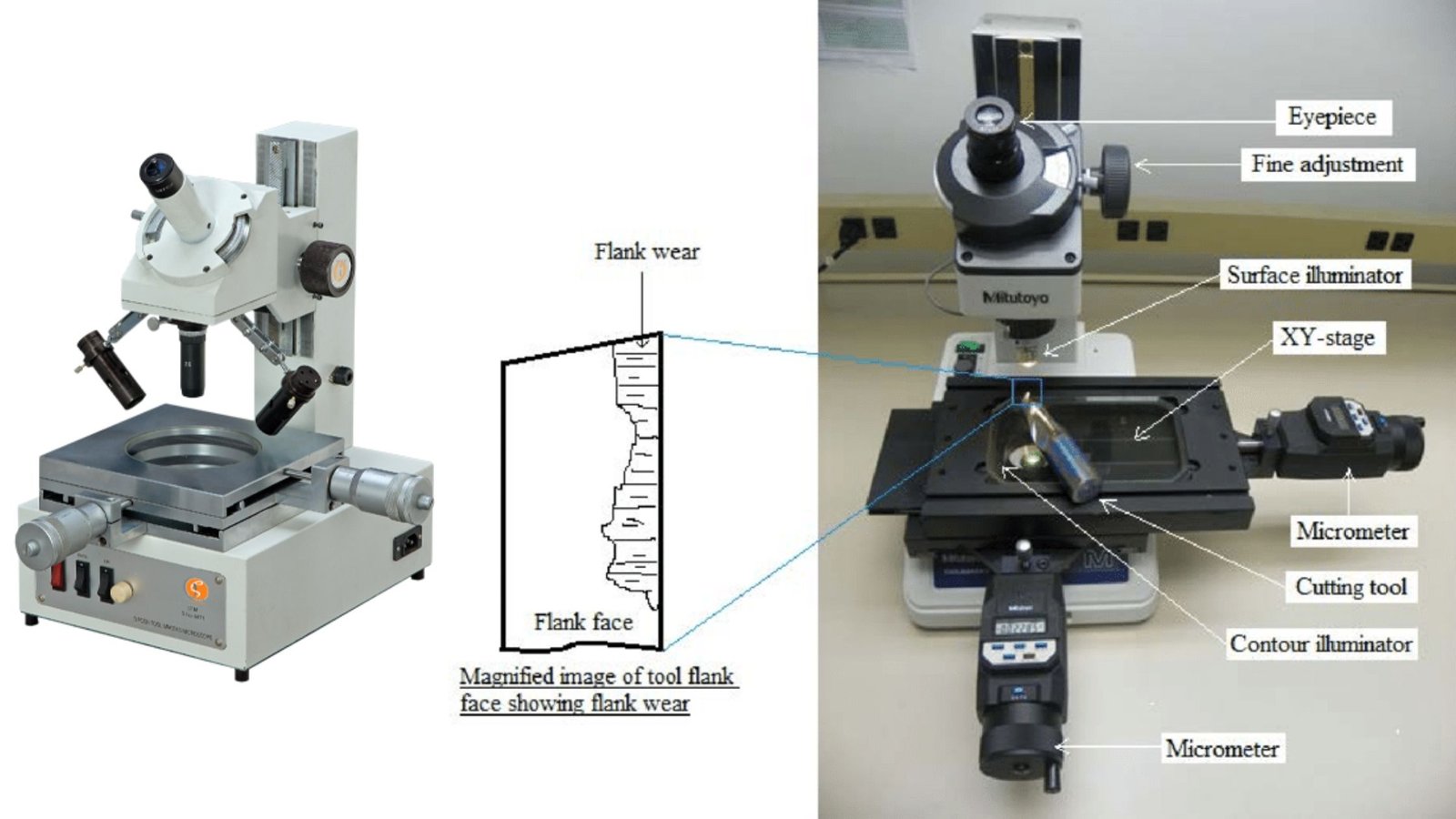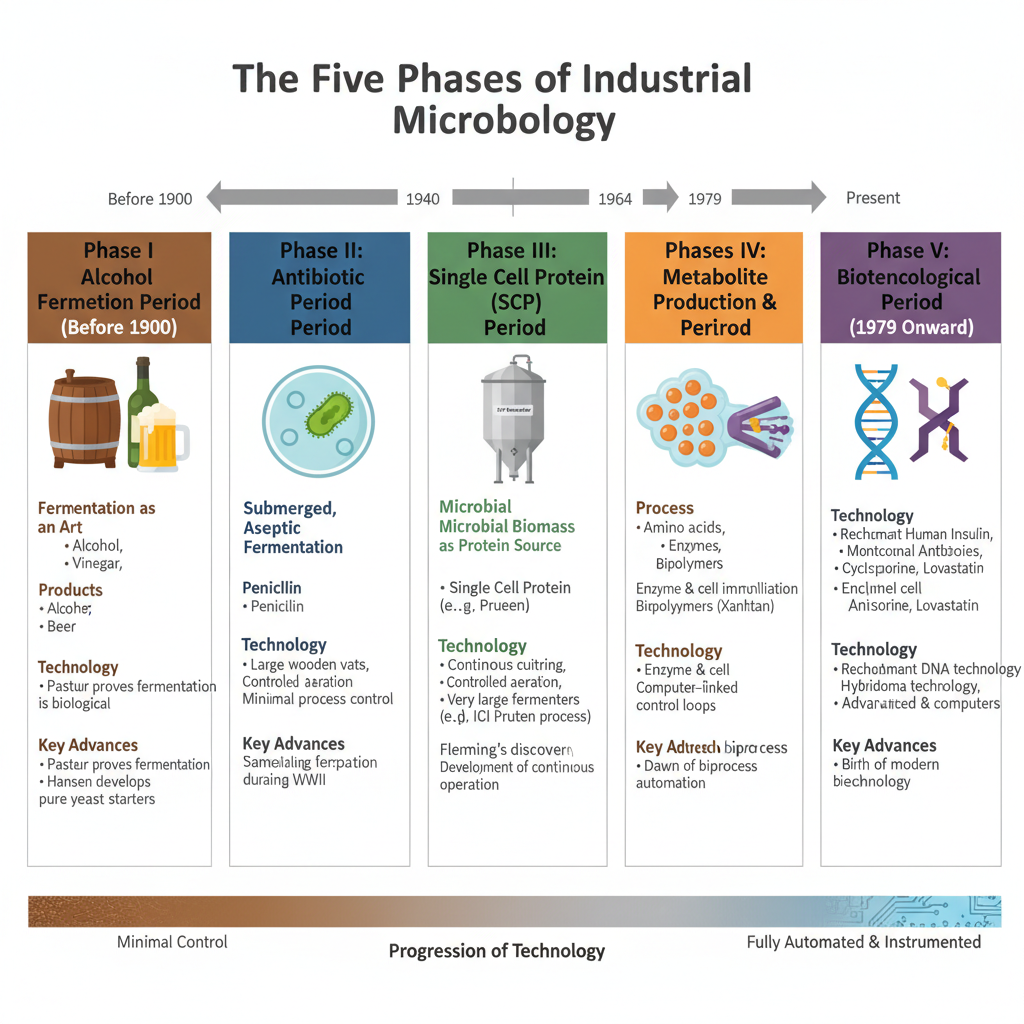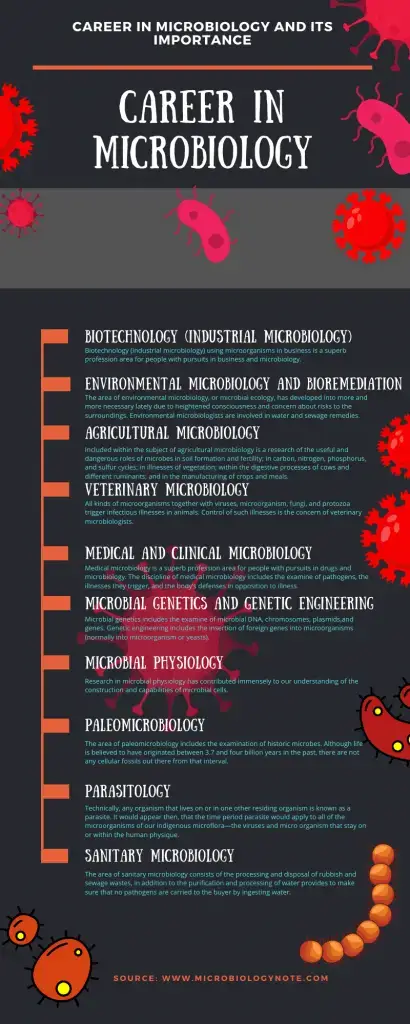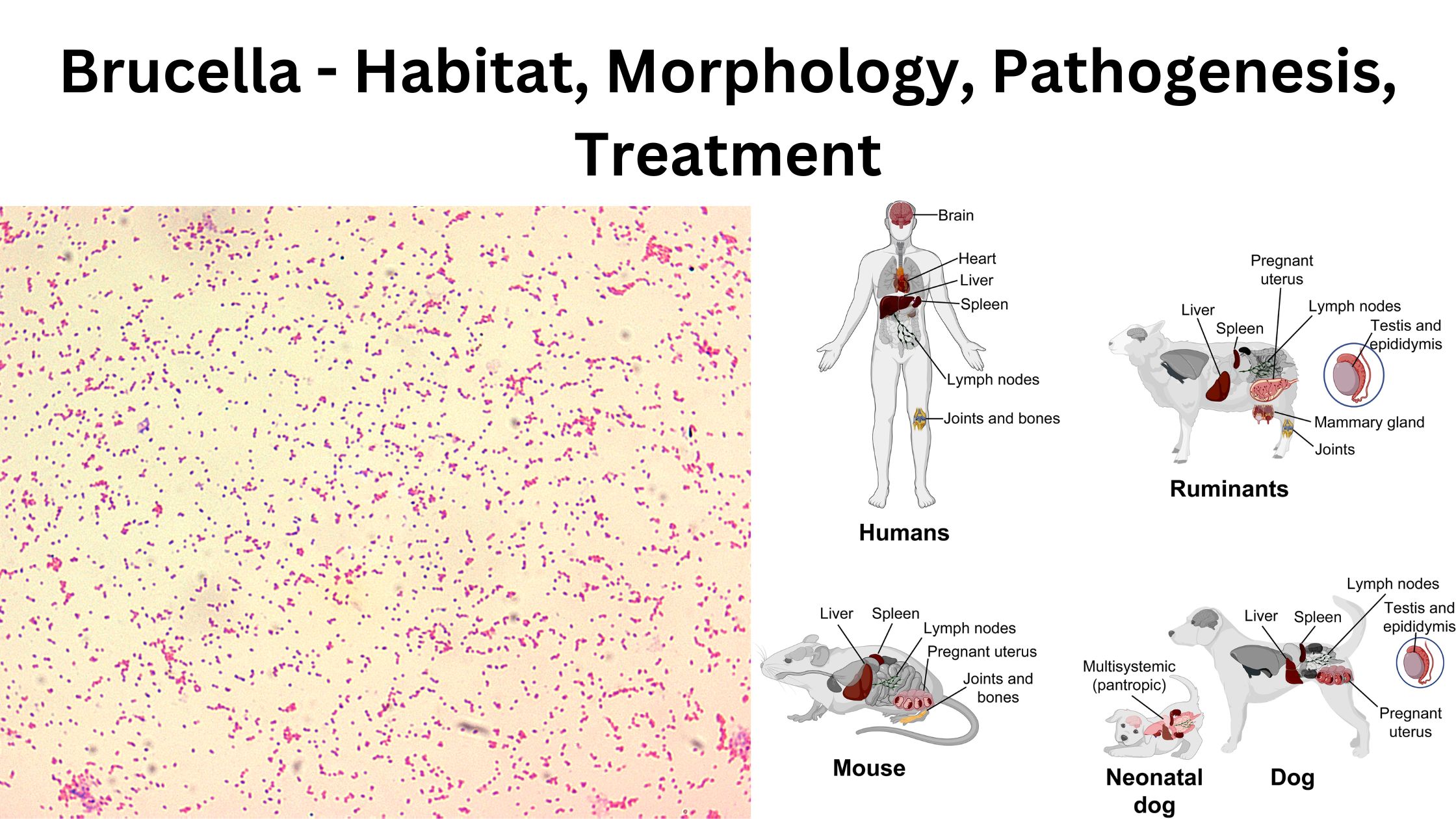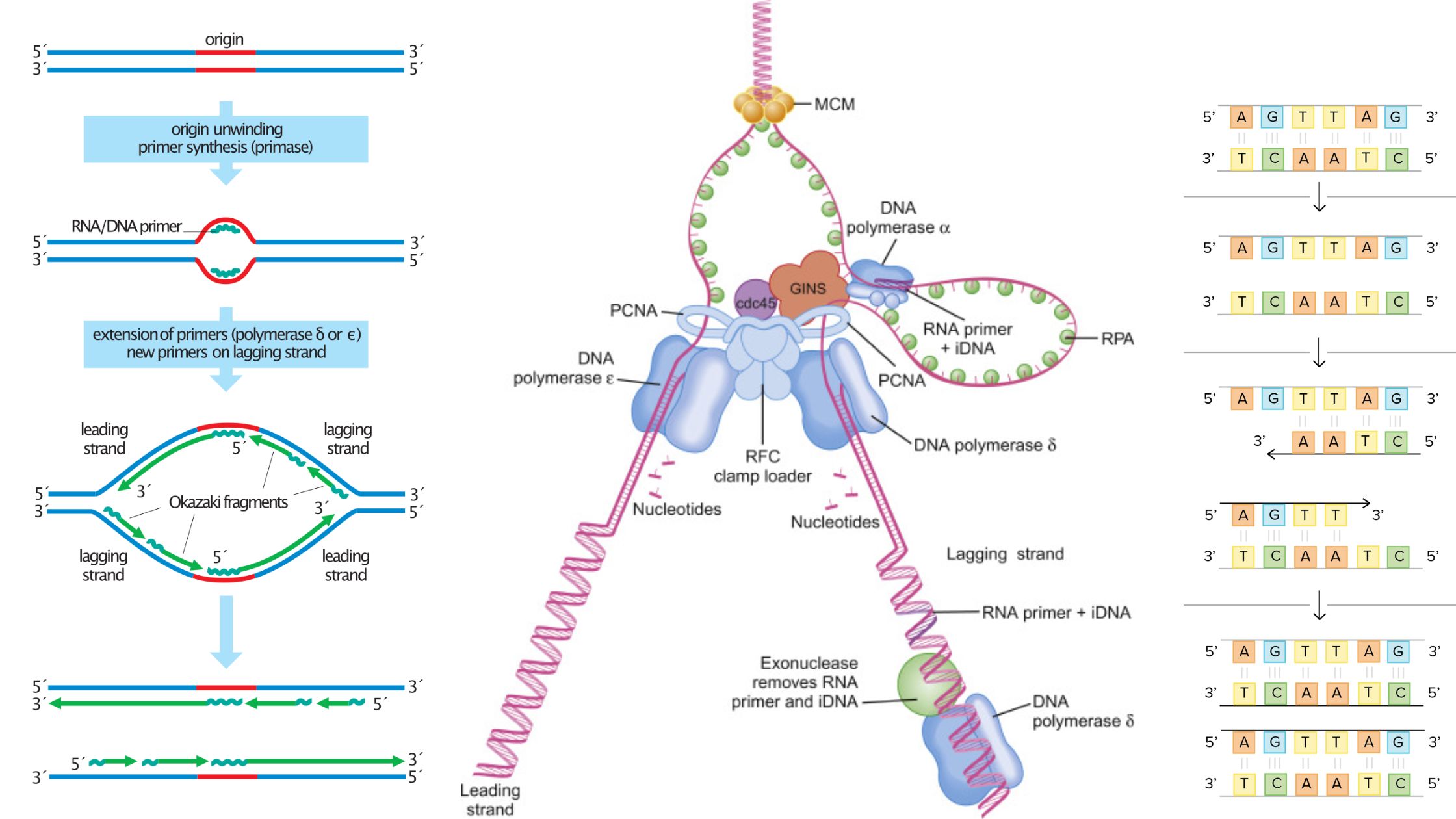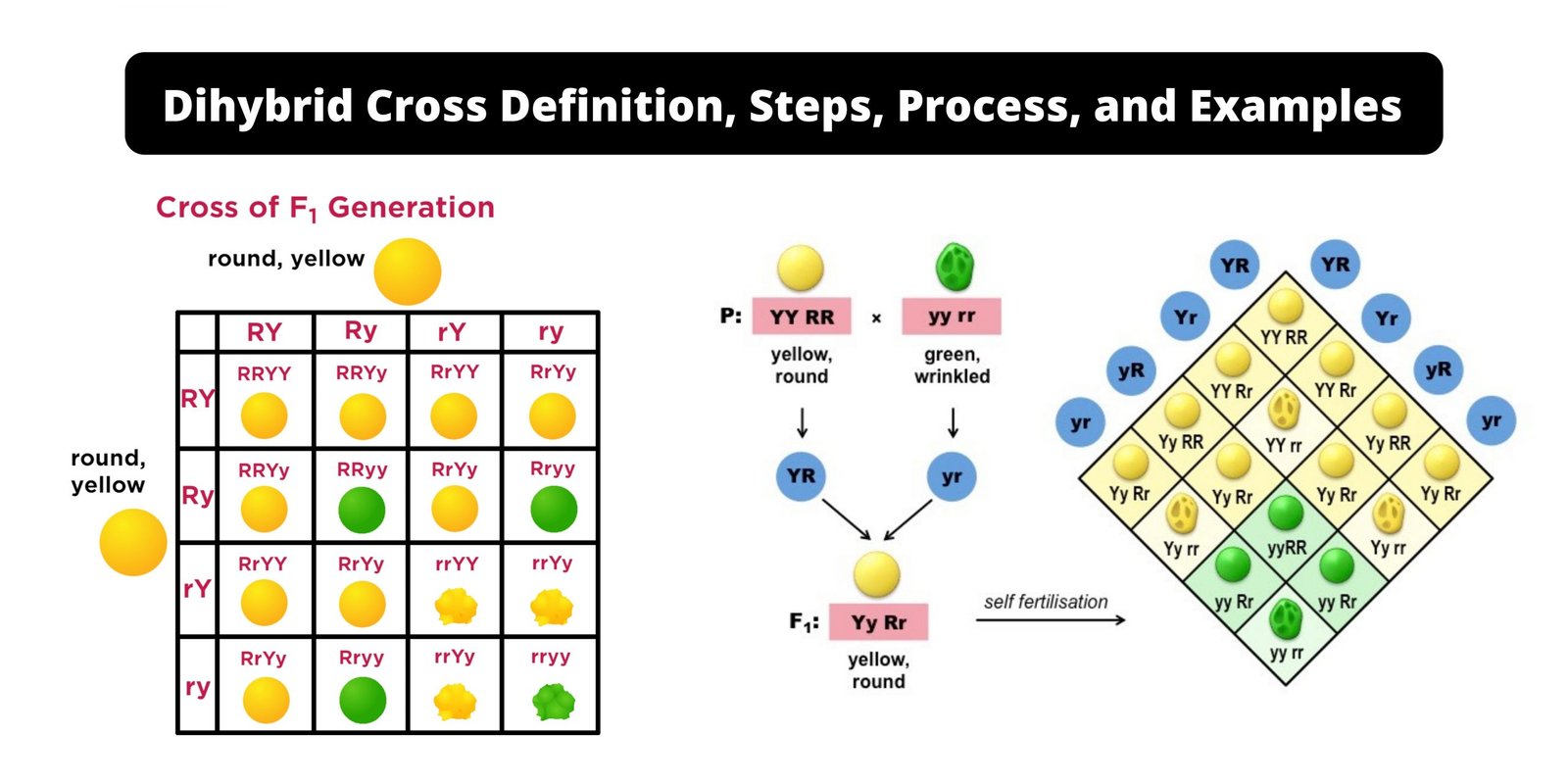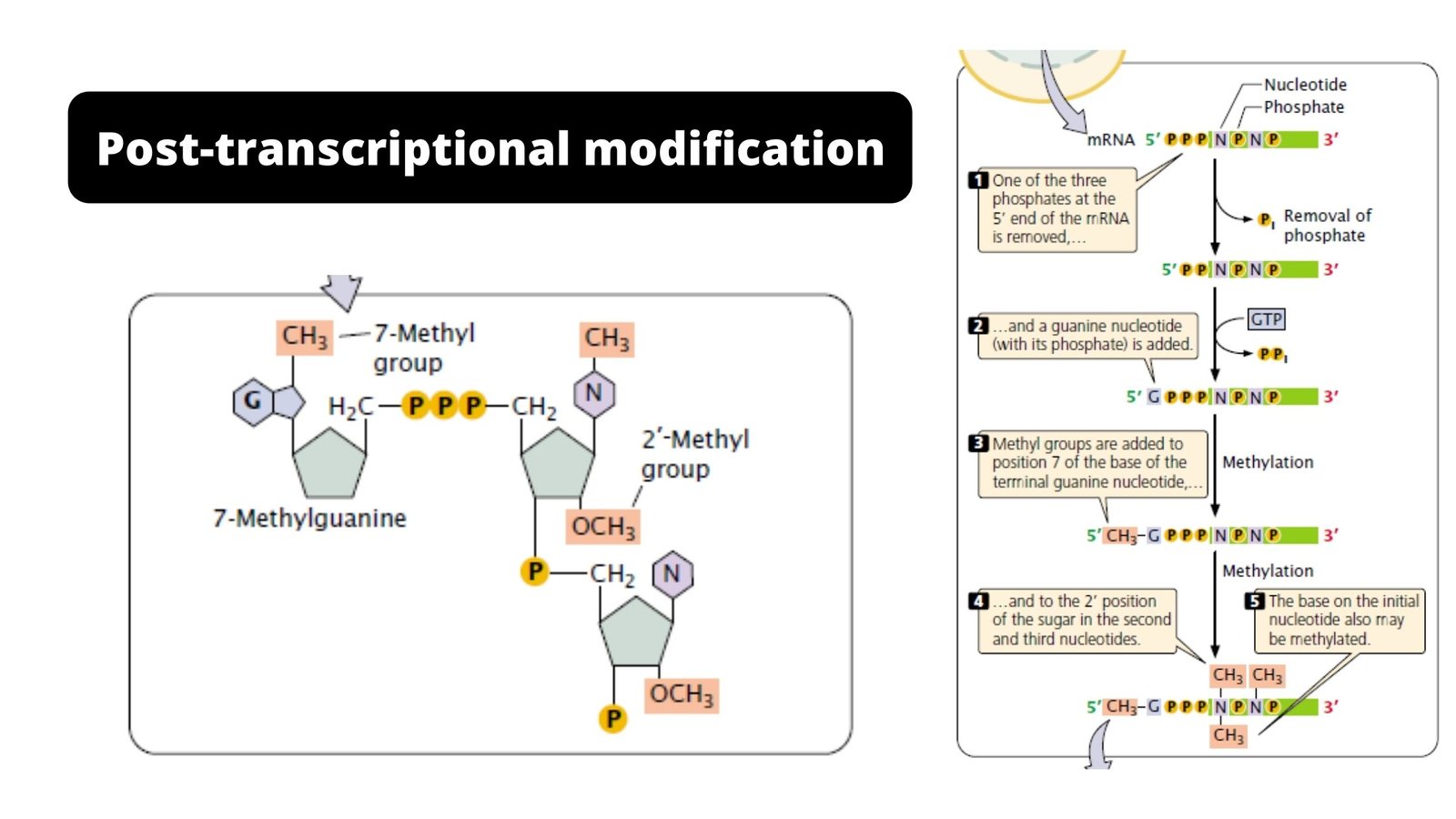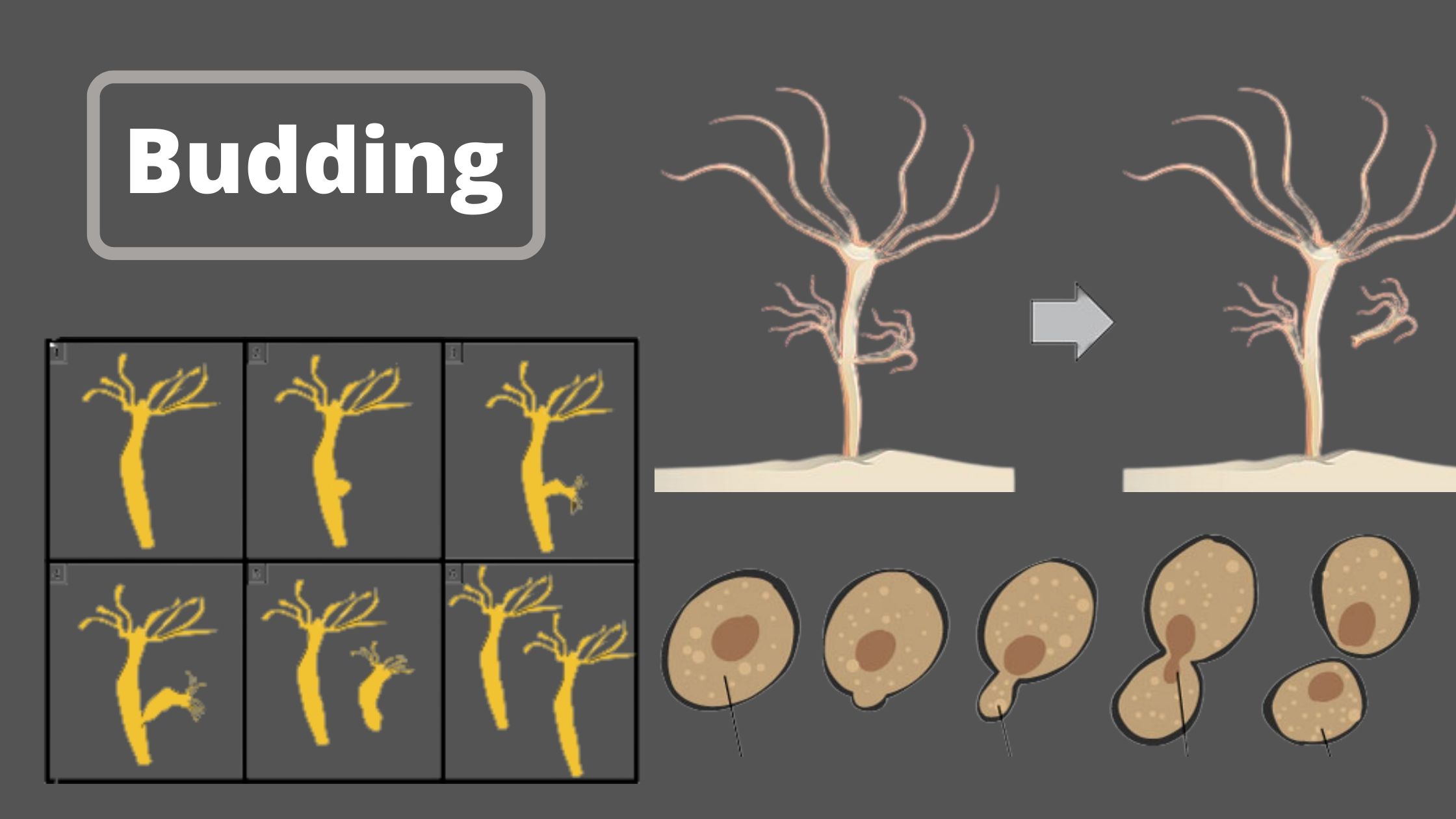Fate of Pyruvate – Acetyl CoA, Lactate, Alcohol Formation
The fate of pyruvate is the different metabolic pathway in which pyruvate can enter after it is formed at the end of glycolysis. It is the process that depend on the presence or absence of oxygen in the cell environment. In aerobic condition, pyruvate is moved into the mitochondria where it is converted into Acetyl-CoA, … Read more
